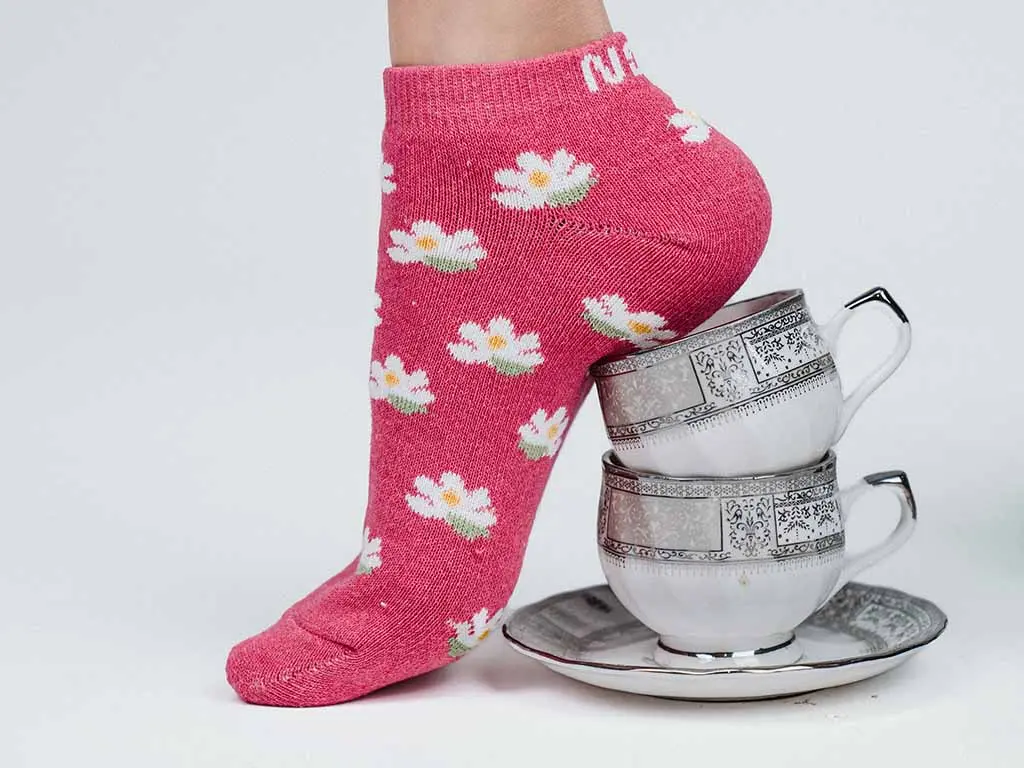
The Role of Aesthetics in
Digital Marketing.
According to a study by Adobe, 38% of people will stop engaging with a website if the content or layout is unattractive. Moreover, 75% of consumers admit that they judge a brand’s credibility based on its website design. These statistics show that aesthetics can have a significant impact on the first impression and trust that a brand creates with its potential customers.

Aesthetics can also create an emotional connection with the consumers, as they can evoke different feelings and associations depending on the choice of colours, shapes, and images. For example, blue can convey a sense of calmness, professionalism, and trustworthiness, while red can convey a sense of urgency, excitement, and passion. Similarly, round shapes can convey a sense of friendliness, warmth, and inclusiveness, while angular shapes can convey a sense of strength, stability, and authority. Images can also trigger emotional responses, such as happiness, sadness, curiosity, or anger, depending on the subject, context, and quality of the photo.
By using aesthetics strategically, a brand can communicate its personality, values, and message to its target audience, and create a lasting impression in their minds. Aesthetics can also differentiate a brand from its competitors and make it stand out in the crowded digital space.
Aesthetics can influence various aspects of digital marketing, such as

Brand Perception
Brand perception is how consumers view and evaluate a brand based on their experiences and interactions with it. Aesthetics can shape brand perception by creating a certain image and expectation in the consumers’ minds. For example, a brand that uses a minimalist and elegant aesthetic can create a perception of being sophisticated, high-end, and exclusive, while a brand that uses a colourful and playful aesthetic can create a perception of being fun, youthful, and creative.
Affects the quality and credibility of the content that a brand produces. For example, a brand that uses high-quality images, videos, and graphics can create a perception of being professional, reliable, and authoritative, while a brand that uses low-quality or irrelevant images, videos, and graphics can create a perception of being amateur, untrustworthy, and sloppy

Brand Identity
Brand identity is how a brand defines and expresses itself to its consumers and stakeholders. It includes elements such as logo, name, slogan, mission, vision, values, and tone of voice. Aesthetics can help create a strong and memorable brand identity by reinforcing and complementing these elements. For example, a brand that uses a distinctive and recognizable logo, colour scheme, and typography can create a brand identity that is easily identifiable and memorable, while a brand that uses a generic and bland logo, colour scheme, and typography can create a brand identity that is easily forgettable and interchangeable.
Aesthetics can also help create a unique and consistent brand identity by using elements that reflect the brand’s personality, values, and message. For example, a brand that uses a bold and dynamic aesthetic can create a brand identity that reflects its innovation, creativity, and leadership, while a brand that uses a simple and soothing aesthetic can create a brand identity that reflects its simplicity, honesty, and sustainability.
User Experience
User experience is how a user feels and behaves when interacting with a brand’s digital products or services, such as a website, app, or online store. It includes aspects such as usability, functionality, accessibility, and satisfaction. Aesthetics can enhance the user experience by making it more enjoyable, engaging, and rewarding. For example, a brand that uses a clear and intuitive layout, a pleasing and harmonious colour scheme, and relevant and attractive imagery can create a user experience that is easy, pleasant, and satisfying, while a brand that uses a cluttered and confusing layout, a harsh and discordant colour scheme, and irrelevant and unappealing imagery can create a user experience that is difficult, unpleasant, and frustrating.
Aesthetics can also enhance the user experience by making it more personalized, interactive, and immersive. For example, a brand that uses a responsive and adaptive design, customized and tailored content, and interactive and immersive features can create a user experience that is responsive, relevant, and engaging, while a brand that uses a static and rigid design, a generic and impersonal content, and passive and boring features can create a user experience that is unresponsive, irrelevant, and disengaging.
Here are some tips and thoughts for improving the aesthetics of digital marketing campaigns:
– Conduct a thorough research on your target audience, competitors, and industry trends, to understand what kind of aesthetics appeal to your potential customers and what kind of aesthetics differentiate you from your rivals.
– Define your brand identity and brand perception, and choose the aesthetics that align with them and communicate them effectively to your audience.
– Use a consistent and coherent aesthetic across all your digital marketing platforms, and create a style guide that documents your aesthetic choices and guidelines.
– Use a clear and intuitive layout, a pleasing and harmonious color scheme, and a relevant and attractive imagery, to create a positive and memorable first impression and trust with your audience.
– Use a responsive and adaptive design, customized and tailored content, and interactive and immersive features, to create a personalized, interactive, and immersive user experience and engagement with your audience.
– Optimize and test your aesthetics for different devices, browsers, and screen sizes, to ensure a smooth and seamless user experience and engagement with your audience.
Update and refresh your aesthetics regularly, to keep your audience’s attention and interest.

Conclution
Aesthetics are not just superficial or decorative features, but rather powerful tools that can influence how consumers perceive and interact with a brand. Aesthetics play a crucial role in digital marketing as they can affect the success and reputation of a brand. Aesthetics can impact various aspects of digital marketing, such as brand perception, brand identity, user experience, and engagement. Therefore, a brand should use aesthetics strategically, consistently, and effectively, to create a positive and memorable impression, connection, and loyalty with its audience.
